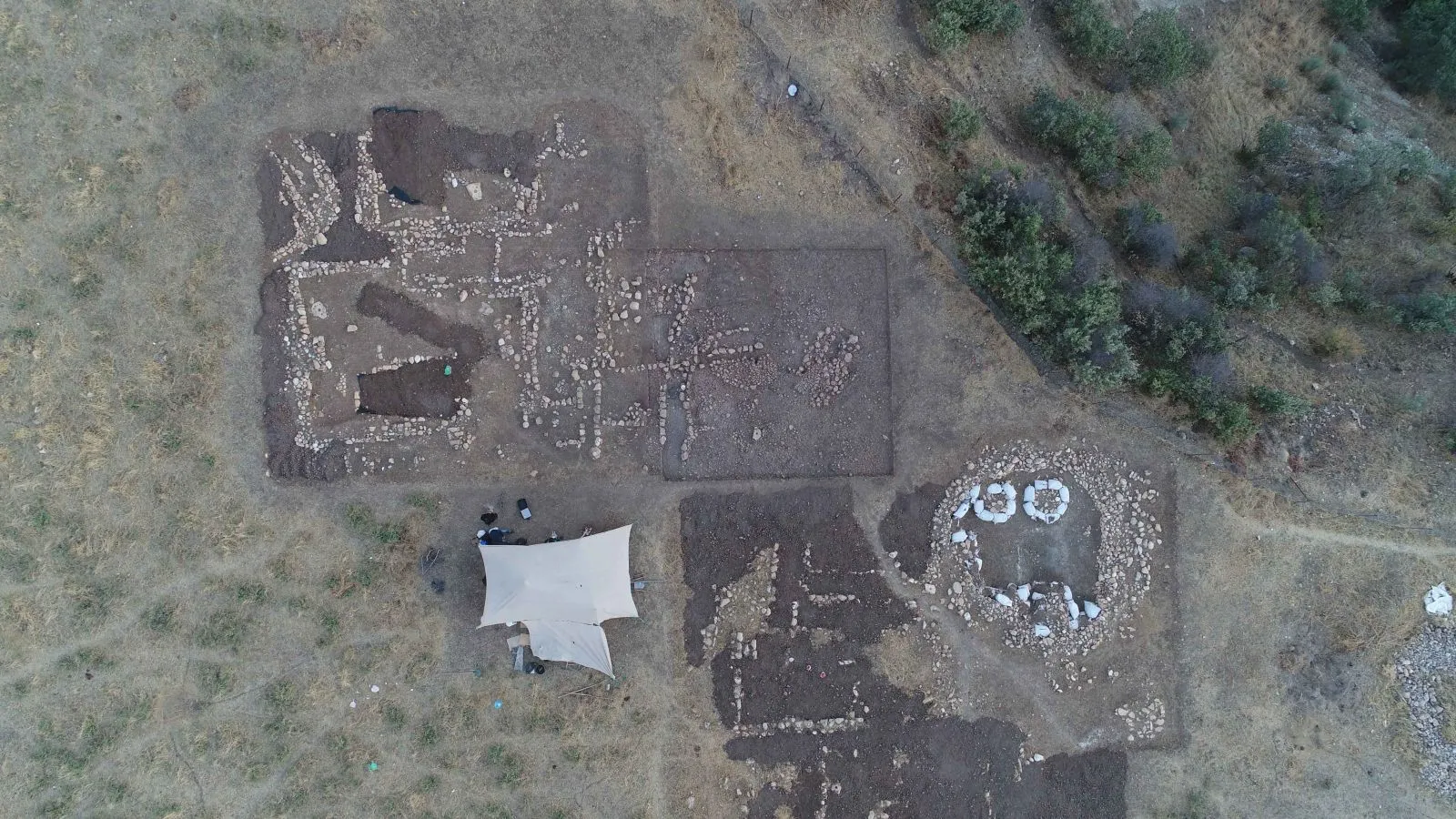
A 12,000-year-old monumental stele has been discovered at Boncuklu Tarla in southeastern Türkiye
Excavations at Boncuklu Tarla, located in the Ilısu neighborhood of Dargeçit district in Mardin, southeastern Türkiye, have uncovered a 12,000-year-old carved stone block measuring 2.20 meters. Numerous findings from the Late Epipaleolithic period to the Neolithic Age have been uncovered at Boncuklu Tarla. According to archaeologists, Boncuklu Tarla is an important archaeological site that sheds
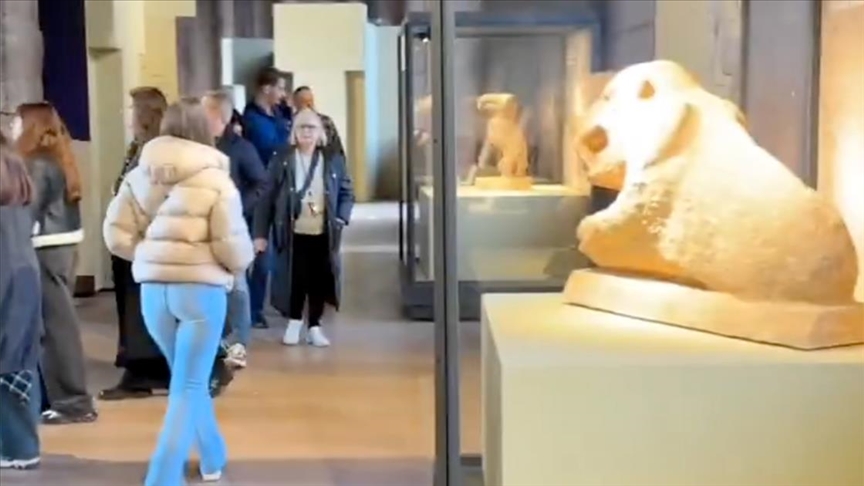
More than 1.2 million people have visited the ‘Göbekli Tepe’ exhibition opened at the Colosseum to date
The ‘Göbekli Tepe’ exhibition, showcased in the iconic Colosseum of Ancient Rome, attracted great interest with 1.2 million visitors, bringing together history enthusiasts and culture lovers. This impressive exhibition provides visitors with information about the discovery and significance of Göbekli Tepe, while also immersing them in the mystical atmosphere of the ancient era. This unique
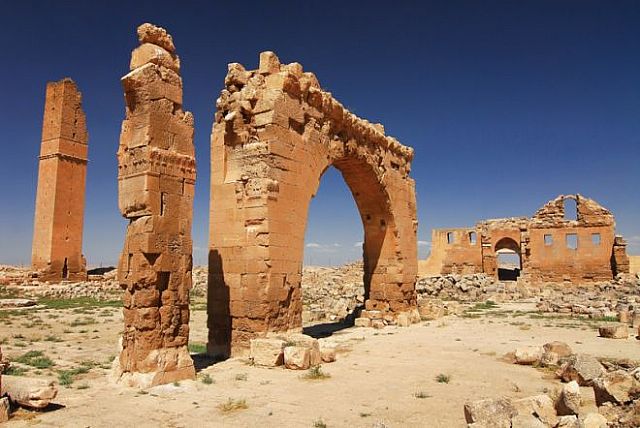
Ritual dog graves associated with the goddess Gula have been uncovered at the Harran archaeological site
In the Harran archaeological site, one of the oldest settlements in the world located in southeastern Türkiye, four dog graves dating back to the Iron Age have been uncovered. The ritualistically buried dogs are interpreted as a sign of belief in the healing goddess Gula. The Harran archaeological site, which is on the UNESCO World
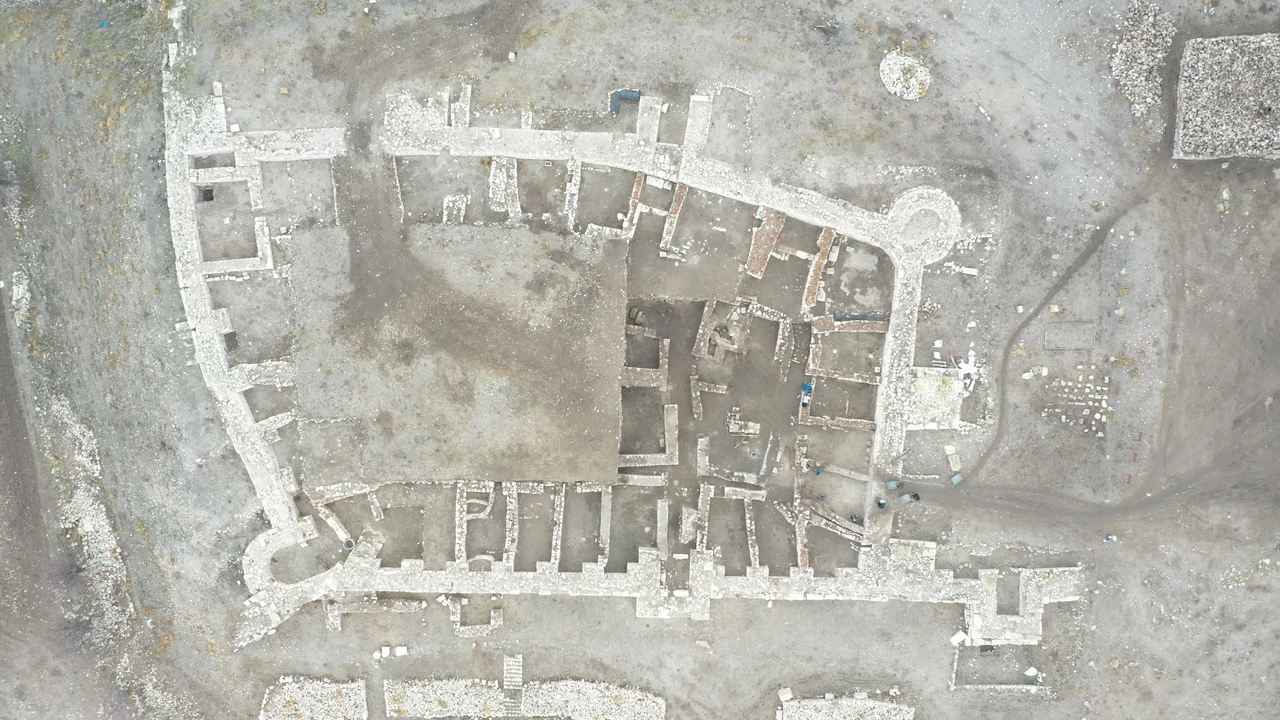
In the excavations of the 4,000-year-old Amorium Ancient City, a bath from the Turkish-Islamic period was discovered
In the ongoing archaeological excavations at the 4,000-year-old Amorium Ancient City, located near the Emirdağ district of Afyonkarahisar in western Türkiye, a bath from the Turkish-Islamic period has been discovered. The excavations are being conducted in collaboration with the Ministry of Culture and Tourism and Anadolu University (AÜ), under the leadership of Prof. Dr. Zeliha
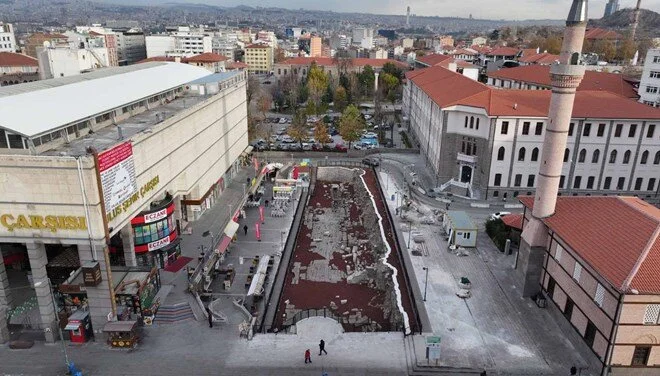
The restoration of the Ancient Roman Road in the capital of Türkiye is nearing completion
The restoration work of the Ancient Roman Road, hidden among modern buildings in the heart of Ankara, the capital of Türkiye, is nearing completion. The Roman Road, located in the Ulus district of Ankara, is approximately 216 meters long and 6.7 meters wide. The road is paved with limestone, known for its durability. On both

A part of the rich cultural heritage of the ancient world: The Apameia Sarcophagus
The Apameia Sarcophagus, located in present-day Türkiye within the ancient city of Apameia (modern Afyonkarahisar), is a highly impressive sarcophagus. Dated to the second quarter of the 2nd century AD, this sarcophagus holds significant historical and artistic importance. The Apameia Sarcophagus is made of fine-grained white Docimeum marble. The Nikes adorning the corners of the

The dome of Hagia Sophia will be dismantled for restoration
Hagia Sophia, one of the most famous structures in the world, will have its dome dismantled for restoration. As one of the most important examples of Byzantine architecture, Hagia Sophia is notable for the size of its dome and the grandeur of its interior decorations. Once serving as a museum, Hagia Sophia was reopened for
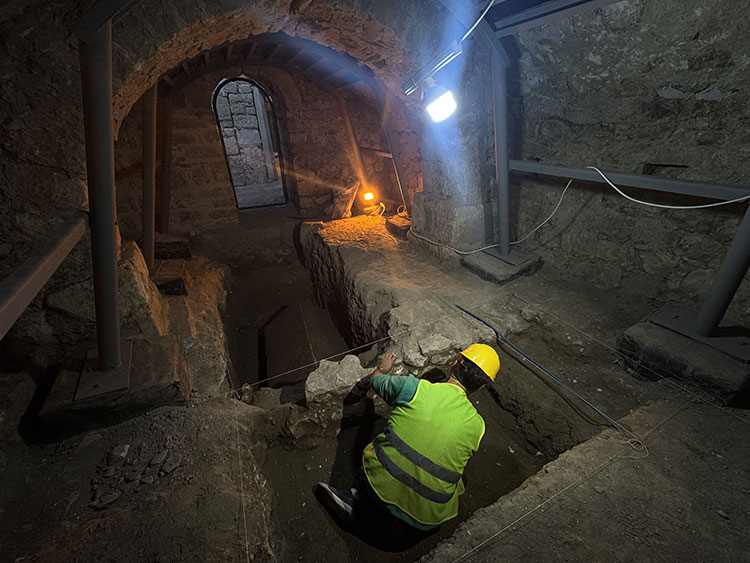
The tomb of St. Nicholas, known as Santa Claus, may have been found
The tomb of St. Nicholas, the Bishop of Myra, who is believed to have inspired the character of Santa Claus, is thought to have been discovered. The tomb of St. Nicholas, the Bishop of Myra, is believed to have been discovered during excavations near the church thought to have been built after his death. Since
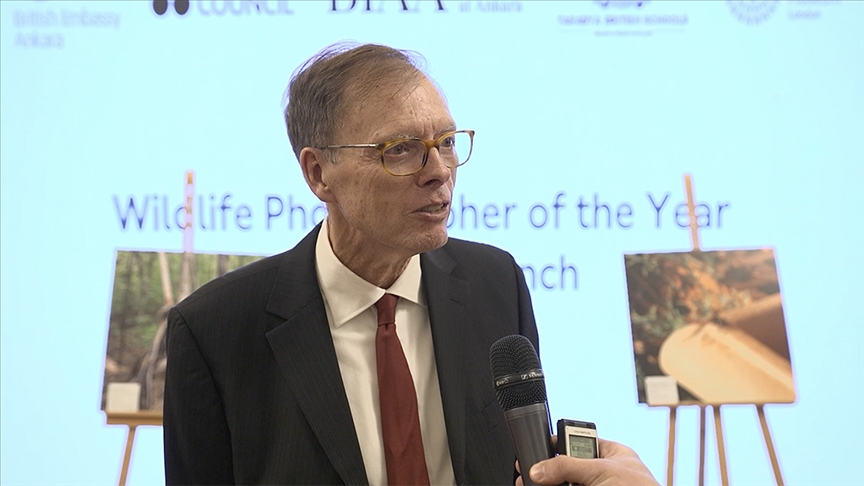
Prof. Ian Hodder, “I believe that Göbekli Tepe changes the story about the origins of human society.”
British archaeologist Prof. Ian Hodder stated, “I believe that Göbekli Tepe changes the story about the origins of human society.” Prof. Hodder directed excavations at Çatalhöyük, the first Neolithic settlement in Anatolia, for 25 years. Ian Hodder, who participated in the Wildlife Photographer of the Year exhibition organized by the Natural History Museum (NHM) at

A torch and a figurative head of Hecate were found in the 3,000-year-old Lagina Hecate Sanctuary
In the archaeological excavations conducted at the 3,000-year-old Lagina Hecate Sanctuary, located in the Yatağan district of Muğla in southwestern Türkiye and considered a center of pagan belief, a torch of Hecate and a figurative Corinthian column capital dating back to the 2nd century AD were found. Hecate is an important figure in Greek mythology.
